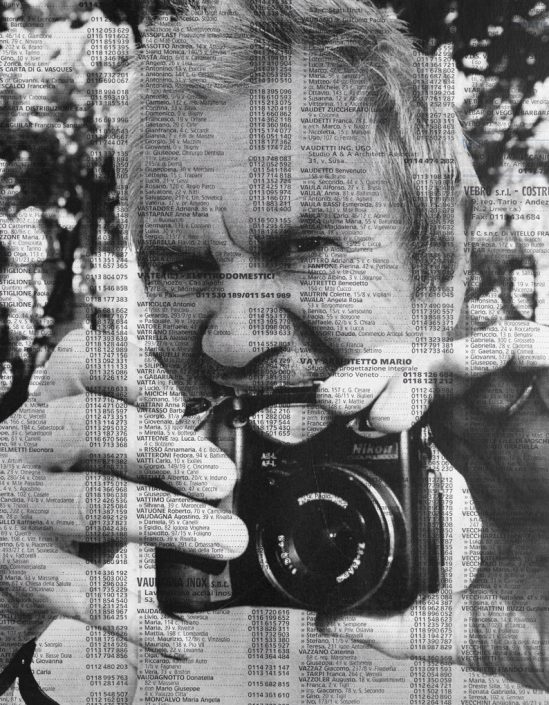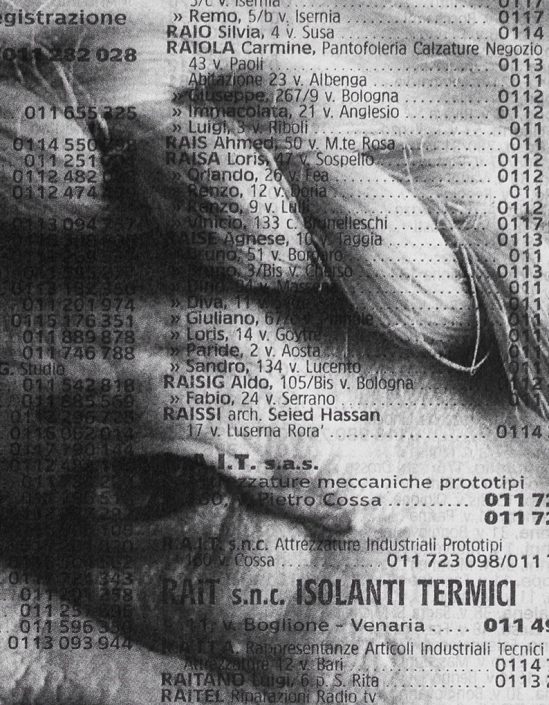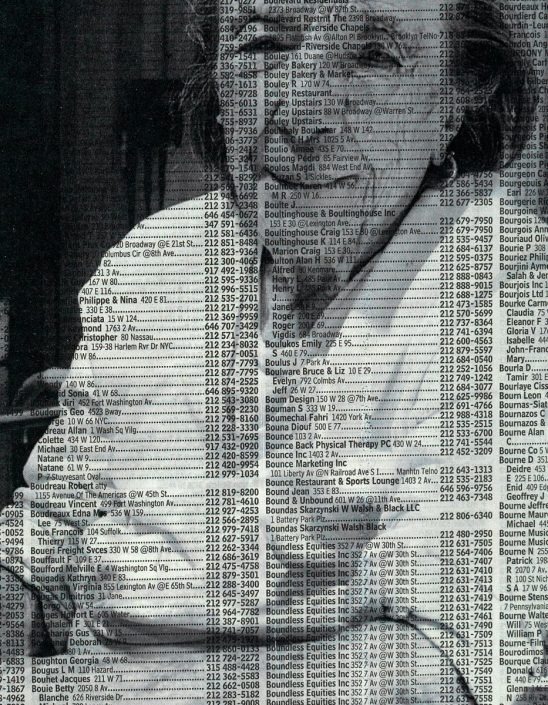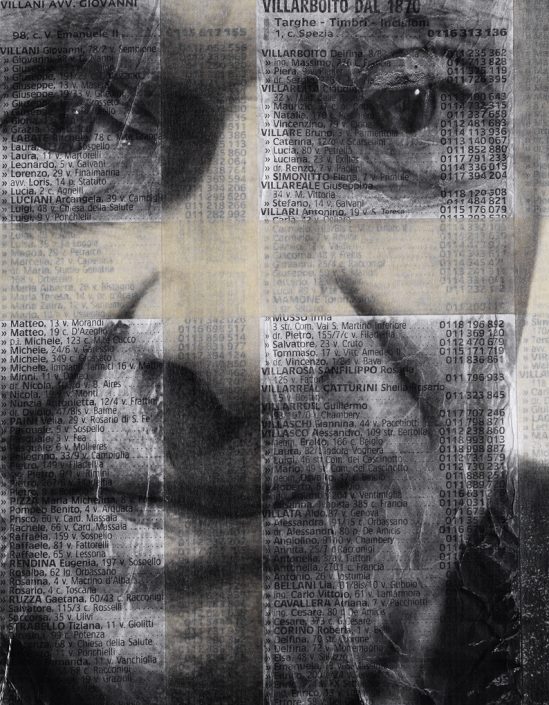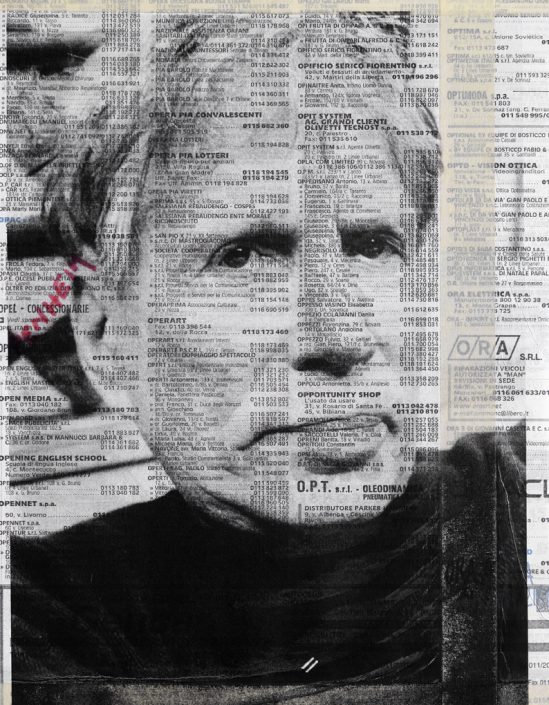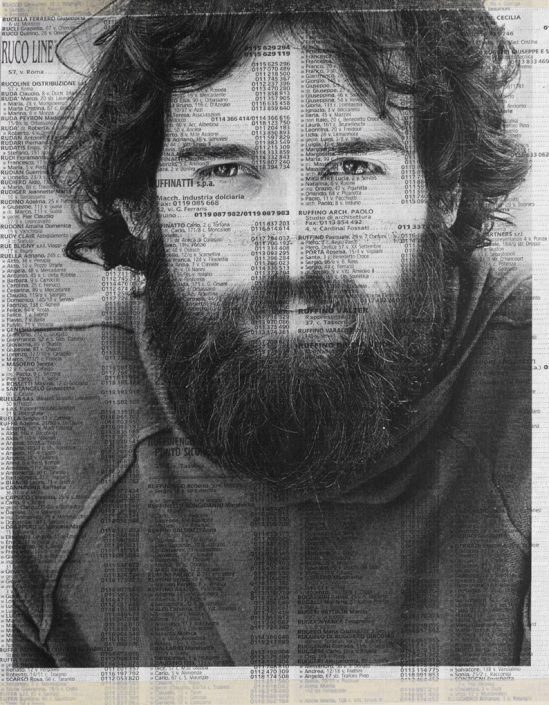MOLTEPLICI UNICI
Fragments of identity
The project starts from the consideration that our name identifies us ambiguously, possibly leading to homonymy.
Our image, on the contrary, is absolutely unique. The language fails, it indicates without indicating, in a sort of global hypocrisy. The series of close-ups also casts doubt on the image, which is increasingly replacing the word in social communication, often degenerating into mere self-complacency or instrument of control.
The people portrayed are incidentally all artists.
Fragments of identity
Barbara Casalaspro
Shrivelled and hazy faces emerge from the paper, as if from a shattered mirror, of which every splinter reflects a piece. Traces of human relationships, different in intensity and length, testimonies of unpredictable encounters due to the emotions that they arouse, presences and fragments of identity. A potentially infinite project – as a lifetime would not be long enough to finish it – that has enabled its creator to meet, get to know and photograph, to date, 63 protagonists of contemporary art in their most intimate living and working space: the studio. Sculptors, painters and photographers tracked down all over the world by the most disparate means, through a preferential and, a posteriori, unpredictable channel: the telephone directory. Unpredictable because looking for a name among the white pages of large metropolises such as New York, London, Milan or Turin, is not resolved simply by finding and contacting the person, but in discovering that there may be two, three or five people with the same name.
It is this discovery that forces you to contact all of them, in search of the right identity, to determine an unexpected reflection, to trigger a different look on reality.
First of all on the means through which our identity is represented and communicated: lists of names and geographical locations, which turn it almost into a mathematical sequence, into a geometric pattern.
Whilst for the Greeks, who had the cult of epithets, the essence of the person is in their name, because part of the name is its etymon, its hidden truth, buried in its root, in our society, made from multiple and changing identities, the name no longer connotes a person, an individual, a subject, if detached from the face. It is the face that provides a name; it is the gesture that turns the world’s anonymous crowd into a group of people. Two languages face and oppose each other: the serial, cold, inert language, without nuances, represented by the list, by the name. And the warm, unpredictable language, constantly moving, of the person, of the individual: the image of a face, the smell of a body, the expression of an eye. Far from being the faithful reproduction of reality, in Molteplici unici the photography is a means, along with others, of creating a new space, where images and names are encased, are superimposed, coexist, creating new levels of interpretation and a reflection on language and identity. In this space, in which face and name draw their evocative strength and their figurative and representational power from coexistence, the identity is revealed.

